Why Intermittent Fasting Makes You Skinny Fat
Why breakfast shouldn't be skipped & why fasting is overrated..
Over the weekend, Jack’s post on X articulated what many in our space have observed for years: intermittent fasting is not the holy grail for physique optimisation or health & performance.
I’ve been vocal on this topic myself. And we were both hit with virality. Our DMs have been flooded, Jack even receiving death threats, simply from challenging a diet fad that has been the rage for many years now.
Now, it’s only right that we provide the explanation behind the logic.
And before we do that, we’re not arm chair experts. We are both evidently in shape, have helped others all over the world get into shape AND have the educational background (for example Jack has a BA. Science, Majoring in Physiology & Pharmacology).
We blend bro-science with research & data in this article….
How can intermittent fasting make you skinny fat?
Our hypothesis is simple: Intermittent fasting protocols deteriorates body composition over time by:
Suppressing lean muscle mass development
Maintaining or increasing adiposity (presence of fat)
These 2 things work in tandem to make you or keep you skinny fat.
A few things that we need to get out of the way up front:
Fasting neither builds muscle nor is advantageous to muscle hypertrophy.
Total caloric intake matters, but nutrient timing and distribution dictate neurohormonal signalling patterns that govern body composition outcomes.
Extended fasts (>36 hours) may benefit metabolic health & fat oxidation. This discussion concerns daily intermittent fasting protocols (16:8, 18:6, One meal a day protocols).
Fasting-induced GH spikes are transient and coupled with significant IGF-1 suppression → a net negative for muscle protein synthesis & testosterone production.
THE ANECDATA
Where RCTs fall short in areas like this is the typically insufficient duration. Most assess 8-12 weeks of data, which serves as a timeframe far too inadequate to capture the body composition trajectory emerging over months or years of sustained practice.
Instead, working directly with clients enables a level of observation absent in studies: the long-term divergence between acute metabolic improvements & chronic body composition deterioration.
Study population selection introduces additional bias. Most trials recruit sedentary, metabolically compromised subjects. In these populations, nearly any intervention produces statistically significant improvements. The question we’re concerned with isn’t whether IF improves acute body composition markers in the metabolically ill. It’s whether it optimizes physique development in trained individuals pursuing elite body composition.
Our perspective integrates clinical research with longitudinal observational data: n=1 scaling to n=100 and beyond. Pattern recognition across populations and time horizons. Nonlinear growth of the anecdotal evidence. After all, this is the story of broscience.
Jack’s pool of clients are a mix of elite athletes & high performing businessmen. Both of these client archetypes live very high stress, high cortisol lives. It’s the nature of pushing your body & your business.
And the same pattern rings true for all of Jack’s clients who initially come to him out of shape (20-30%+ body fat).
They skip breakfast
They try ‘fasting’ as a means of calorie restriction
They suppress appetite by slamming coffee in the morning
Once we get them out of this high stress state (with an appropriate nutrition & training protocol of course), they end up objectively having top 1% physiques:
These are all clients who either work in the corporate financial sectors, run businesses & are training martial arts, lifting weights & travelling the world.
One common thread? They do not intermittent fast.
Mechanisms At Play
Mechanism #1: Disrupted Muscle Protein Kinetics
Muscle growth relies on a positive net protein balance - meaning muscle protein synthesis (MPS) must outweigh muscle breakdown (MPB). IF’s compressed feeding pattern reduces the frequency of these anabolic pulses leading to prolonged periods of net catabolism (MPB > MPS).
More frequent protein boluses (3–6 meals/day, each delivering ~20–40 g high-quality/complete source of protein) maximize muscle protein synthesis (MPS). These boluses provide repeated, pulsatile activations of the mTOR pathway peaking within 1–3 hours post-ingestion & sustaining elevated MPS for 3–5 hours before a refractory “muscle full” state sets in. Conversely, fewer boluses in an IF protocol (1–2 large meals) confine anabolic stimulation to brief windows leaving extended periods of net catabolism where muscle protein breakdown exceeds synthesis. This mismatch reduces 24-hour integrated MPS & net protein balance yielding suboptimal muscle maintenance or hypertrophy.
Loenneke et al. (2016) noted:
“We found a clear dose response association in those consuming 2 or more meals at or above the evaluated threshold up to approximately 45 g of protein per meal. For those consuming only 1 meal at or above the threshold, we observed that the dose-response relationship plateaued at approximately 30 g of protein per meal, with no further increase in leg lean mass and knee extension strength with higher per meal protein intakes.”
Across 3 observational studies in an 11-study meta-analysis, Pellegrini et al. (2019) also showed an inverse association between TRF & fat free mass (−1.33 kg, 95%CI: −2.55 to −0.11; p = 0.03).
Mechanism #2: Dysregulation of Cortisol Dynamics
Chronically elevated cortisol facilitates the skinny fat phenotype predominantly through two primary submechanisms: 1) decreased muscle protein synthesis &
2) increased susceptibility to accumulate adipose tissue.
First, we are evolutionarily hardwired to detect a prolonged energy deficit as a metabolic stressor that triggers the hypothalamic-pituitary-adrenal (HPA) axis to release cortisol. Blood glucose drops signaling to the adrenal glands to secrete cortisol to maintain glucose homeostasis through gluconeogenesis. When these windows are repeated daily over months, the HPA axis remains consistently activated preventing the normal circadian rhythm of cortisol (which should peak in the morning and decline throughout the day). Kim et al. (2021) demonstrates this elevated cortisol phenomenon in the figure below (dotted line - fasted state; solid line - fed state).
So how is the chronically elevated cortisol state related to impaired muscle protein synthesis?
As cortisol remains heightened, it binds to glucocorticoid receptors in skeletal muscle turning on genes that break down muscle proteins. Simultaneously, cortisol inhibits mTOR pathway by suppressing Akt phosphorylation & thus reducing activation of downstream effectors needed for muscle protein synthesis. The net result is a catabolic state where muscle protein breakdown exceeds protein synthesis, which over prolonged periods of time leads to a slow loss of lean tissue.
Bujalska et al. (1997) further detailed how elevated cortisol promotes adipose tissue accumulation, especially visceral fat, by upregulating lipoprotein lipase (LPL) activity in adipocytes. In visceral fat tissue, cortisol amplifies local glucocorticoid exposure via 11β-hydroxysteroid dehydrogenase type 1 (11β-HSD1) → the enzyme responsible for converting inactive cortisone to active cortisol, creating a self-sustaining cycle of hypertrophy and insulin resistance. This preferential central fat deposition occurs alongside peripheral lipolysis redistributing fat mass toward abdominal obesity. This further sensitizes the HPA axis to keep cortisol perpetually elevated.
Mechanism #3: LH Suppression
IF initiates the suppression of luteinizing hormone (LH) by imposing recurrent energy deficits decreasing circulating leptin and insulin levels. This in turn inhibits hypothalamic kisspeptin neurons responsible for stimulating gonadotropin-releasing hormone (GnRH) secretion. Navarro (2020) shows this feedback loop via the illustration of the HPG axis below.
Bergendahl et al. (1998) detailed the clinical impacts of fasting on LH secretion in accordance with what we propose:
“fasting induced a 2.1-fold fall in the 24-h endogenous LH production rate in young men (fed 36 +/- 9.7 vs. fasted 17 +/- 2.0 IU/L of distribution volume/day, P < 0.01)”
Why does LH matter in the context?
Suppressed LH impairs Leydig cell stimulation in the testes leading to decreased testosterone biosynthesis/secretion, with Mesbahzadeh et al. (2005) reporting 10-27% significant reductions in total T after 4-8 weeks of 16/8 IF in resistance-trained men. Concurrently, IF downregulates insulin-like growth factor-1 (IGF-1) by attenuating hepatic synthesis through induced GH resistance.
Many such cases, Sir G.
Common Second- & Third Order Consequences of IF Protocols
Direct mechanistic effects tell only part of the story behind the IF - skinny fat phenotype connection. IF protocols create predictable behavioral patterns that compound the physiological limitations. Though indirect, these consequences are consistent enough across practitioners to warrant examination as inherent features of the protocol rather than coincidental associations.
Consequence #1: Coffee On Empty Stomach
If you’re chronically drinking coffee on an empty stomach, there’s a high chance you’re either cortisol-addicted or actively developing one. The act of consistently consuming it on an empty stomach is in other words dumping fuel on the already over-activated sympathetic nervous system fire. Again we have two primary submechanisms at play: 1) heightened cortisol response & 2) irritation of the gut intestinal lining.
First, empty stomach coffee triggers a heightened cortisol response primarily due to caffeine’s stimulatory effects on the hypothalamic-pituitary-adrenal (HPA) axis, where it acts as an adenosine antagonist. This promotes the release of corticotropin-releasing hormone (CRH) and adrenocorticotropic hormone (ACTH) meaning more adrenal cortisol secretion. Without food to buffer absorption, caffeine enters the bloodstream more rapidly amplifying this spike.
Coffee’s acidity (pH ~5) and bioactive compounds like chlorogenic acids and catechols also tend to irritate the gut lining by stimulating excessive gastric acid secretion, as detailed by Nehlig (2022). This naturally increases hydrochloric acid production potentially eroding the mucosal barrier, which typically fends off “leaky gut”. On an empty stomach, this irritation is exacerbated because there’s no food to dilute the acid or neutralize its effects. Thus, we expose the intestinal lining to undiluted irritants potentially disrupting gut microbiota balance & altering permeability of the GI lining. With a more irritated gut, we reduce our opportunity for optimal amino acid & nutrient delivery to the periphery (i.e. skeletal muscle tissue).
Consequence #2: Overeating At Night
So you skipped breakfast to adhere to say an 18 hr fasting window. Maybe even delayed lunch if you’re on the extreme side of IF at 20 hr. Now you’ve opted for a fairly decent sized afternoon meal. But you’re still left with 1,500+ kcal to consume in the day. So you cram it all in 1-2 hrs before bed. Here is where timing truly matters.
In a 2-wk overeating period trial of seven healthy men, Cornford et al. (2011) reported that: “only a few days of overeating suppressed 24-h GH concentration by approximately 80%”.
As we consolidate our energy intake closer to our bed time, this leads to less slow-wave sleep (deep sleep) & a subsequent suppression of the growth hormone bolus we typically obtain between 10 PM & 2 AM.
Just as light gives time to our ~40 trillion cells (as a zeitgeber or ‘time-giver’) so too does the ingestion of food in the morning. And to deny ourselves that opportunity is a fundamental violation of circadian biology & chrononutrition as made clear in Ogata et al. (2020).
Consequence #3: Fasted Resistance Training
One of the most common consequences of an IF protocol: training in the morning hours while in a fasted state. If you’ve followed me up until this point, you’ll know I live by a simple feeding-training paradigm: fasted cardio training & fed resistance training. And here’s why we put special emphasis on the latter.
We know glycogen serves as the primary fuel source for anaerobic glycolysis during high-intensity RT sessions. When liver & muscle glycogen stores are depleted, we develop earlier neuromuscular fatigue. Consequently, lifting effectiveness diminishes resulting in reduced rep potential per set & therefore lower total training volume and force output in training movements.
Fortunately, this is now an area where we’ve got compelling clinical findings to support our assertion. Prior to research conducted in 2021, most studies showed only a 24-40% reduction in glycogen following resistance training implying ample reserves remain before performance is even impacted. But, what Hokken et al. (2021) found that was so critical was the nuance behind how muscle glycogen was being depleted.
In type 1 fibers, intermyofibrillar glycogen significantly decreased by 33%. Yet type 2 fibers (fast-twitch + heavy resistance training rep ranges) showed significant reductions across all three depots: intermyofibrillar by 48%, intramyofibrillar by 54%, & subsarcolemmal by 47%. Notably, 48% of type 2 fibers also exhibited extreme intramyofibrillar depletion, which was rare in type 1 fibers.
Add on top of that the additional factors working against muscle growth potential that faster resistance training brings with it: a virtually unspoken about higher risk of injury & further amplification of the HOA axis activation. All making fasted resistance training sessions on net suboptimal for maximal performance & muscle hypertrophy while tipping the scale towards a more catabolic muscle protein state.
Consequence #4: “I’m not hungry in the morning”
We can refer to this as more of a symptom than anything here but you get the gist. Most importantly, this signal serves as an opportunity to address an underlying issue. From my personal experience, this was precisely my logic. “I’m not hungry. Therefore I’ll lean into it.” In order to understand this mechanism, we need to first go upstream and again give reverence to our state as diurnal creatures governed by 24 hr biological rhythms.
When we get a robust hunger cue around sunrise, it indicates our internal clocks being properly synchronized with our environment & metabolic needs. This represents the natural integration of our circadian biology with nutritional physiology - chrononutrition.
The morning hunger drive occurs because our cortisol naturally rises upon awakening promoting glucose production & creating an energy demand signal. Simultaneously, our ghrelin levels (hunger hormone) reaches its circadian peak during morning hours independent of when our last meal was. This combination creates a strong signal the body is ready to start the day’s metabolic processes.
And what are the results when we prioritize a higher protein breakfast when directly juxtaposed to a higher protein dinner?
You can probably guess it - greater muscle protein synthesis. Yasuda et al. (2020) reported on this in their 12-week RCT:
“For RT-induced muscle hypertrophy in healthy young men, consuming a protein-enriched meal at breakfast and less protein at dinner while achieving an adequate overall PI is more effective than consuming more protein at dinner.”
That’s a wrap from my end. And thanks for having me on here, JK.
Your friend,
Phys



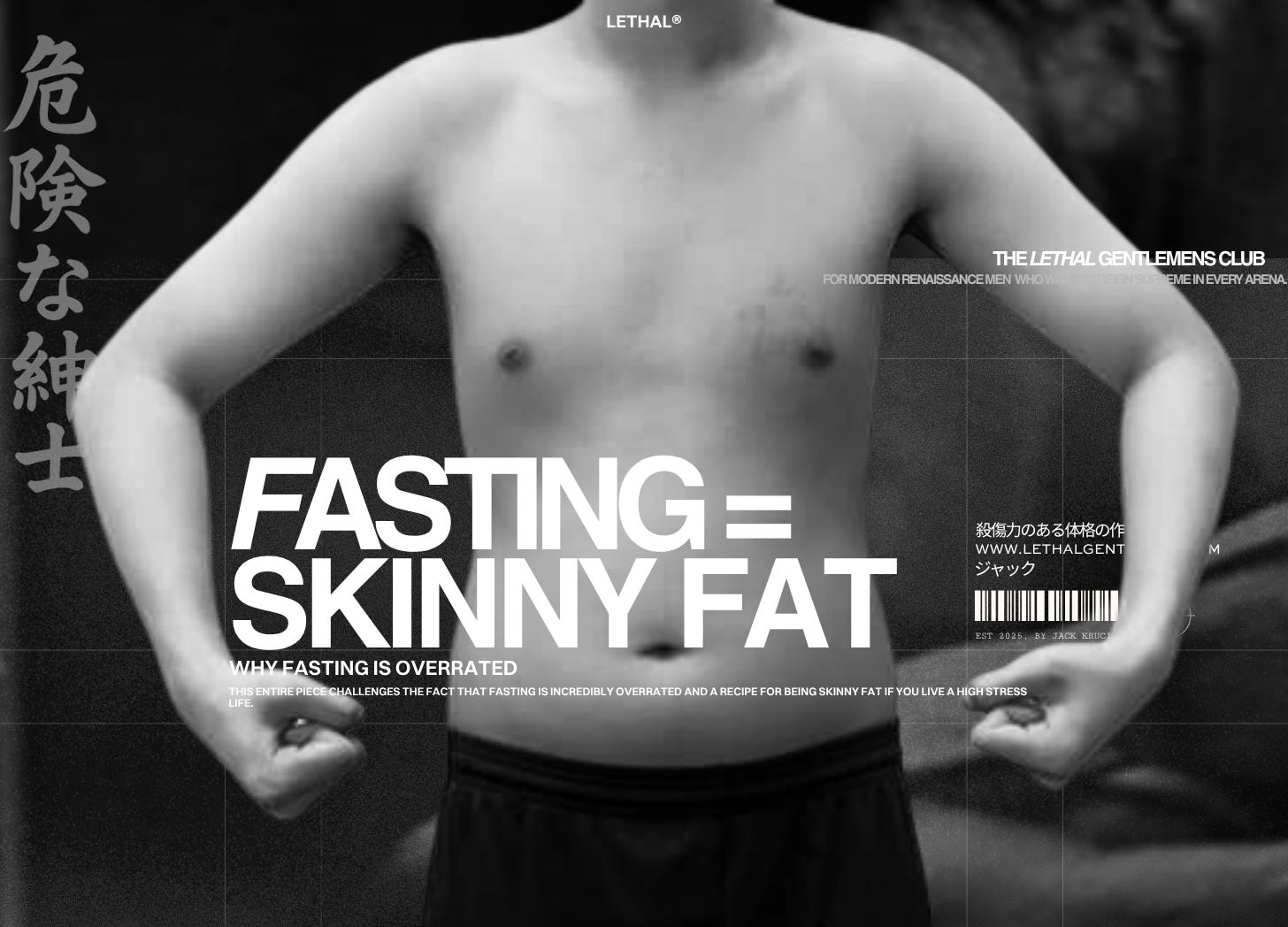


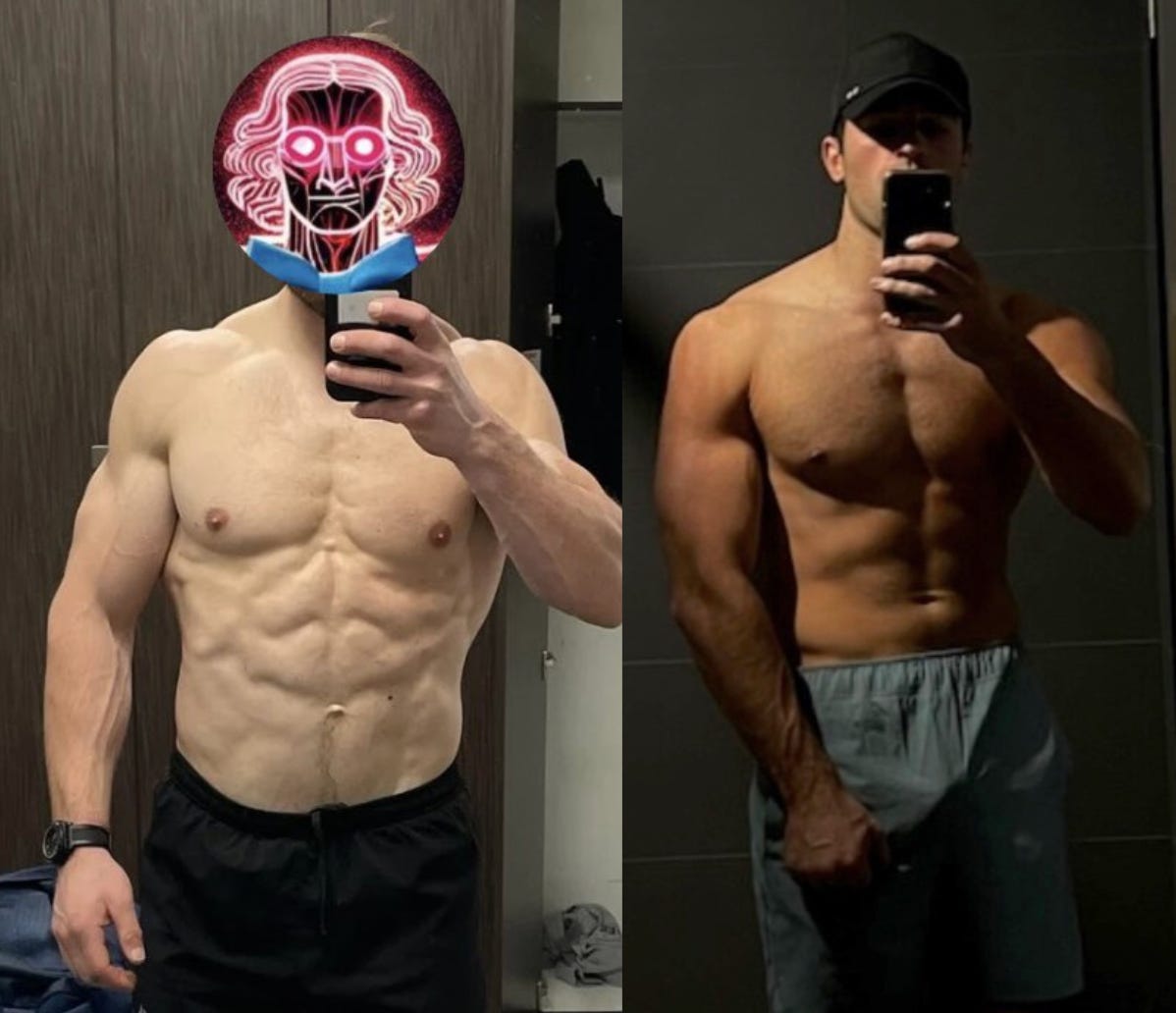

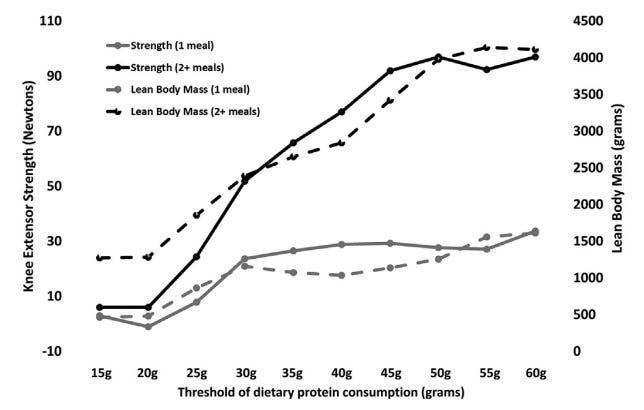

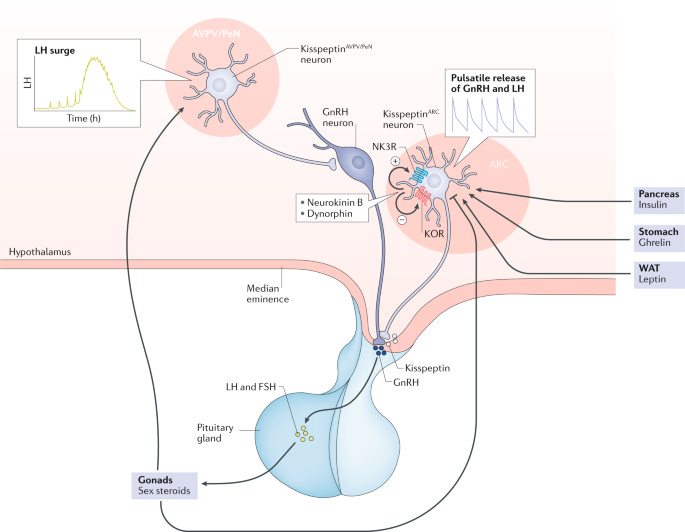


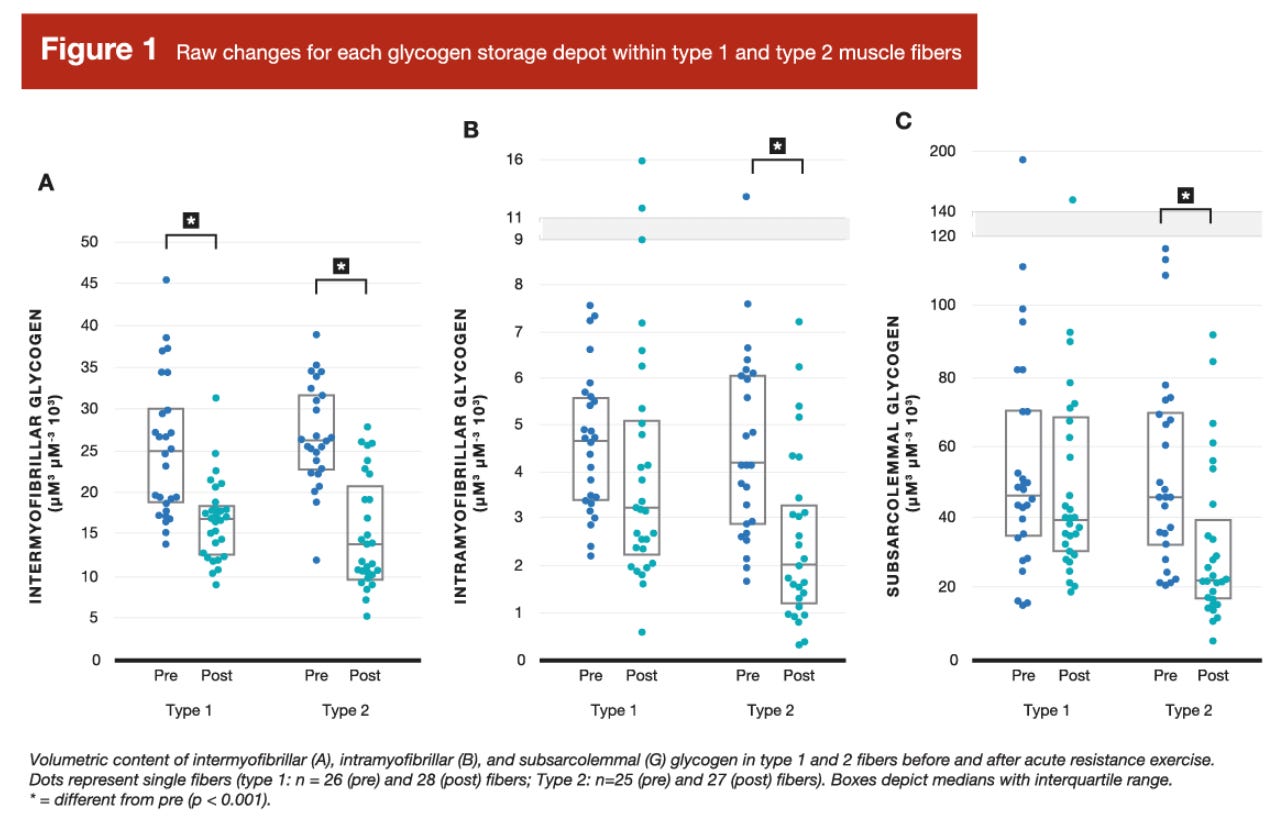


I agree completely that you must have net protein. There is ample evidence that IF or fasting in general allows the cells to clean out. If you want to discuss “hardwired”adaptions, humans haven’t had access to the buffet all day long. IF wasn’t a fad it was life. If you didn’t kill it you didn’t grill it. Even a generation or two ago people worked and only ate at meal times (and of course non processed low chemical foods were prevalent. I liked the information about large single boluses of proteins not being ideal. Thanks for the article
For me, IF was an unhappy medium of all the cortisol of fasting with none of the benefits. From my research, most of the touted benefits of fasts occur after 24 hrs anyway. Fasts should be infrequent and intense if you’re actually interested. Also, most people will absolutely not get enough protein to build muscle on IF.
I even did IF when trying to gain weight, absolutely backward in hindsight. I think it tied in with the mentality of no pain no gain- the miserable morning lifts felt more hardcore on an empty stomach.